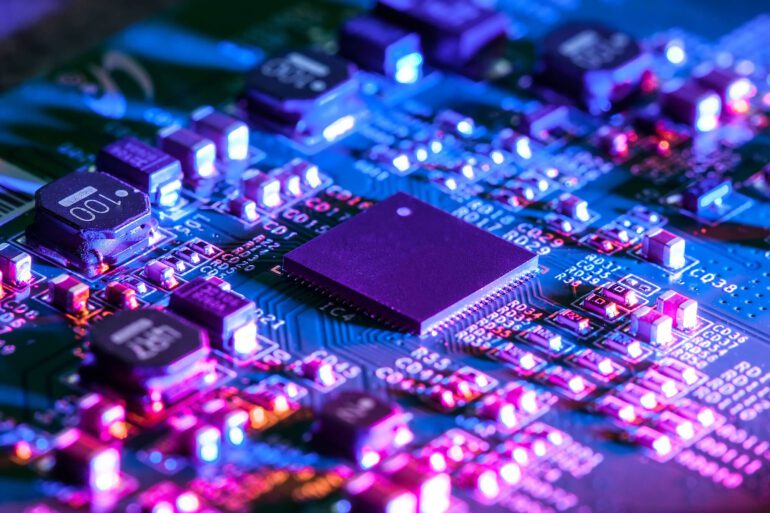TL;DR:
- Integrated circuits, or microchips, are driving advancements in machine learning at an unprecedented pace.
- They enable the development of more sophisticated algorithms and models that process vast amounts of data efficiently and accurately.
- Integrated circuits facilitate rapid processing and analysis of large datasets, which is crucial for training and refining machine learning models.
- They have profound impacts on various industries, including healthcare, finance, and autonomous vehicles.
- Specialized integrated circuits, such as GPUs and TPUs, further accelerate the advancement of machine learning.
- As integrated circuits continue to evolve, they will drive further advancements in machine learning, unlocking new levels of computational power.
Main AI News:
The field of machine learning is undergoing a seismic transformation, and at the heart of this revolution lie integrated circuits. These remarkable electronic components, found in everything from smartphones to supercomputers, are propelling the advancements in machine learning to unparalleled heights. With their processing power and efficiency, integrated circuits are paving the way for the development of sophisticated algorithms and models capable of handling massive amounts of data with precision and speed.
Machine learning, a subset of artificial intelligence, involves harnessing the power of algorithms and statistical models to empower computers to perform tasks without explicit programming. This technology has become ingrained in our lives, providing the backbone for everyday conveniences like personalized online shopping recommendations and voice-activated virtual assistants. However, the complex computations required for machine learning demand substantial processing power, and this is precisely where integrated circuits come into play.
Integrated circuits, also known as microchips or chips, consist of millions, or even billions, of transistors that process and store data. They serve as the driving force behind modern electronics, delivering the computational muscle required for an array of devices, ranging from smartphones to supercomputers. In the realm of machine learning, integrated circuits empower the swift processing and analysis of vast datasets, a critical aspect of training and refining machine learning models.
The impact of integrated circuits on machine learning is nothing short of profound. They have unlocked the potential for developing intricate and accurate machine learning models capable of real-time processing and analysis of enormous data sets. This breakthrough has unleashed a wealth of possibilities across various domains, such as healthcare, finance, and autonomous vehicles.
In the realm of healthcare, integrated circuits power machine learning algorithms that analyze medical images, predict disease progression and tailor treatment plans to individual patients. In the financial sector, these circuits facilitate the creation of sophisticated trading algorithms that swiftly analyze market trends and make investment decisions within milliseconds. Moreover, in the realm of autonomous vehicles, integrated circuits are the backbone of advanced sensor systems and decision-making algorithms, ensuring safe and efficient operation.
The advancement of machine learning has been further propelled by specialized integrated circuits, including graphics processing units (GPUs) and tensor processing units (TPUs). These chips have been purposefully designed for high-speed, parallel processing, which is indispensable in the realm of machine learning and other facets of artificial intelligence. Their integration into systems has ushered in even more intricate and potent models.
However, the revolution is far from over. As integrated circuits continue their evolution, becoming smaller, faster, and more energy-efficient, they will drive further breakthroughs in machine learning. Quantum computing, for instance, represents a frontier in development. Relying on quantum bits, or “qubits,” instead of traditional binary bits, this technology holds the potential to unlock unprecedented levels of computational power, fostering the creation of even more intricate and accurate machine learning models.
Conclusion:
The integration of integrated circuits into machine learning has revolutionized the field and opened up a world of possibilities. The advancements in algorithms, models, and processing capabilities have significantly impacted industries such as healthcare, finance, and autonomous vehicles. As integrated circuits continue to evolve, businesses operating in these sectors will need to stay abreast of the latest developments to leverage the power of machine learning and maintain a competitive edge in the market. Embracing and harnessing the potential of integrated circuits will be essential for organizations looking to thrive in the era of machine learning and artificial intelligence.

